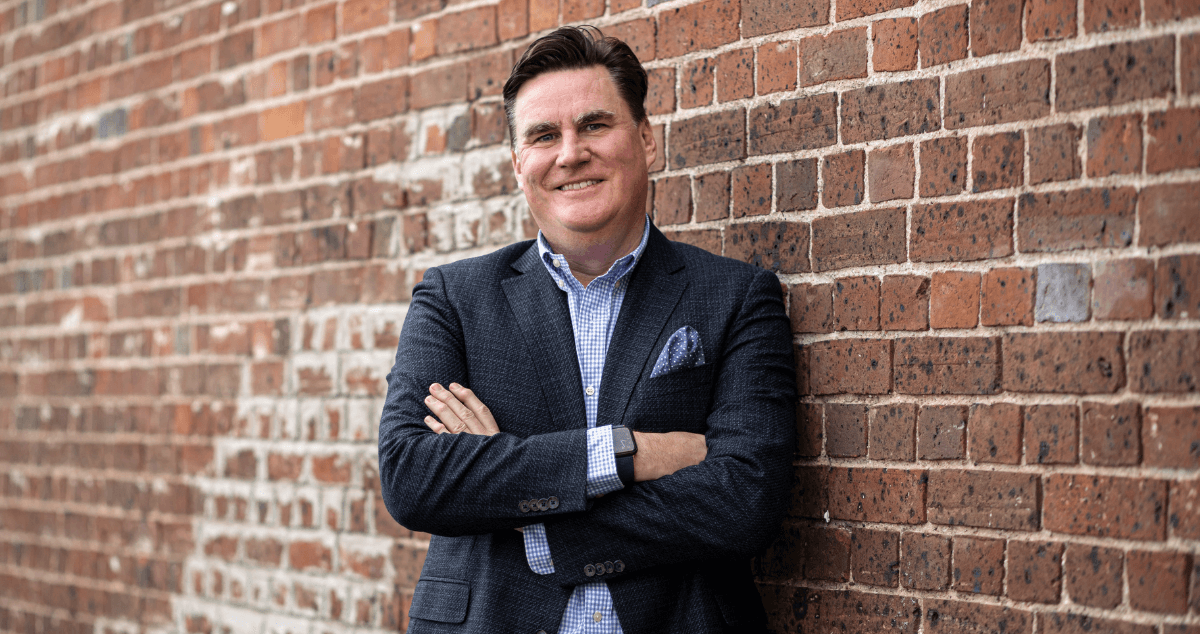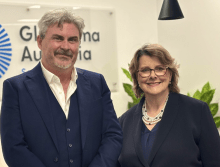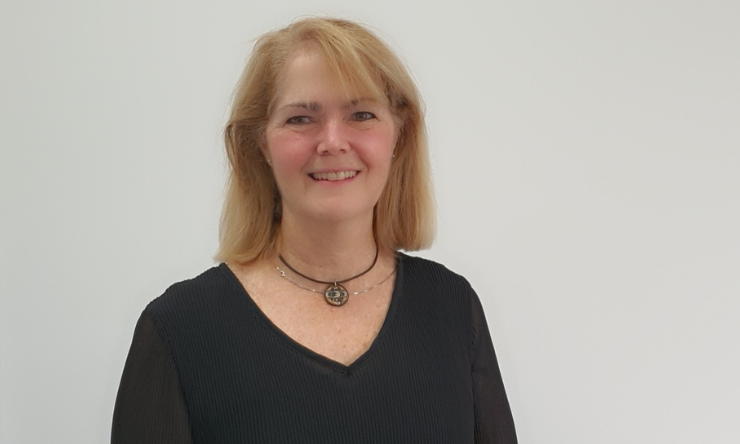Share
Australia faces a $4.3 billion economic hit from the impact of “the silent thief of sight” - glaucoma - by 2025 unless the Federal Government invests now to support sufferers.

A new report reveals that the costs of early intervention in glaucoma, is a drop in the ocean when compared with the significant long-term burden premature blindness places on the health system and NDIS.
It is estimated that nearly 300,000 Australians have glaucoma – but only 50% are diagnosed. Early detection and treatment are critical because once vision has been lost to glaucoma, it cannot be restored.
According to economic consulting firm Evaluate, the demand will accelerate further in the next few years with the rapid ageing of the population, which will see the cost to the community rise from $1.9bn to $4.3bn.
Glaucoma Australia CEO Richard Wylie said more support is needed from the Government.
“It is completely unacceptable for people to be suffering preventable blindness in a country like Australia with a first-class health system,” Mr Wylie said.
“Glaucoma is known as the “thief of sight” as it robs a person of their vision with such stealth that patients often don’t know they have this insidious disease until it’s too late.
“It’s important that governments understand that saving sight is also good for the economy – it can save billions.
“The major focus has to be on early diagnosis and supporting patients to stick with their treatment regimen long-term, because there is no way to reverse the vision loss caused by glaucoma.
“We can slow it down, but we cannot ‘cure’ it.”
Alarmingly, research reveals that many Australians do not persist with their treatment in the longer term – despite the fact this can lead to blindness. There are many reasons for this including, lack of comprehension around the long-term nature of the disease, mental health issues, access to health services (especially in rural and remote areas), difficulty instilling eye drops and even simple forgetfulness.
Consulting firm Evaluate concluded that the costs of ongoing treatment for sufferers, including prescribed medicines, surgical procedures, acute hospitalisation, treatment for hip fractures from falls (10x more likely for people living with glaucoma), as well as the significant costs associated with long-term disability support payments, carer costs and early entry into aged care, far outstrips the cost of investing in greater awareness, early identification of ‘at risk’ patients and making Glaucoma Australia’s Patient Support Program more widely available.
Glaucoma Australia’s Patient Support Program already has more than 23,000 patients on its database – and that is increasing at a rate of about 300 a month. The program provides ongoing support via Clinical Educators who are available to patients 5 days a week.
“Being able to see is one of life’s greatest gifts, yet so many people are at risk of preventable blindness, due to a lack of awareness about the disease and the importance of treatment adherence,” Mr Wylie said.
“Our message is simple: Schedule a regular eye examination every 2 years, even if you don’t need glasses. And if there is a history of glaucoma in your family (particularly your parents, siblings or children) please get tested immediately. We’re also asking the government to help us support more Australians throughout their life-long journey with glaucoma.”
A recent survey showed that 85% of patients who take part in Glaucoma Australia’s Patient Support Program adhere to their prescribed treatments, and 91% of patients in the Program attend their recommended appointments – both important indicators for management success. In addition, the number of patients who frequently felt anxious about their glaucoma fell from 44% to 20% after receiving education and support through the Program.
“Glaucoma Australia has been able to achieve all of this without any support from state or federal governments. But with demand growing rapidly at the rate of up to 300 new patients a month seeking our help, we now need to ask for support from Canberra,” Mr Wylie said.
“We urge the Federal Government to make this commitment so that no one needs to become another victim of the ‘silent thief of sight”.
“There is such an exciting opportunity to make a big difference if we identify people early, and if we support them properly, we can get superior health outcomes, and save the health budgets billions”.
MEDIA CONTACT: Nathan Vass | 0405 799 790


